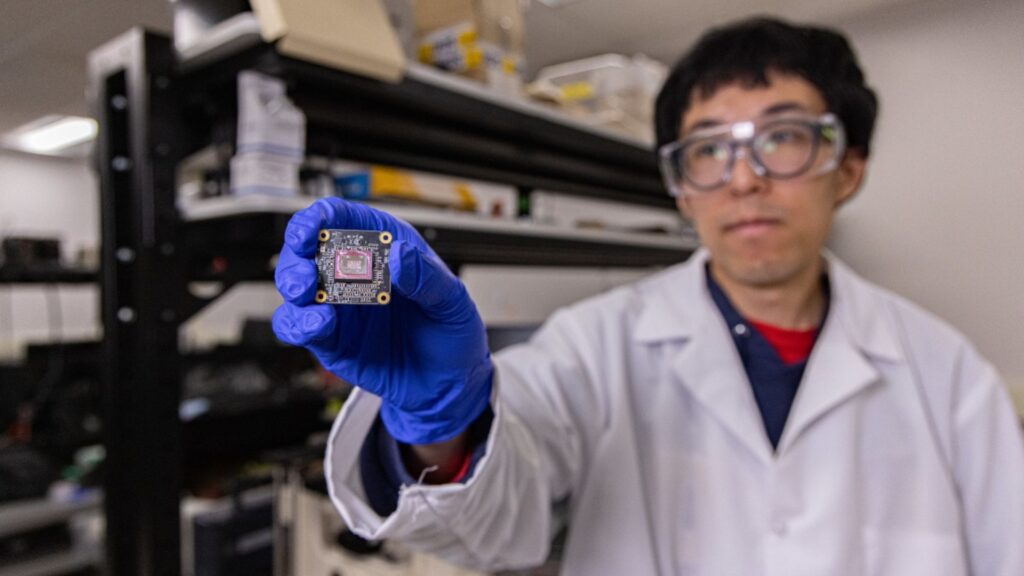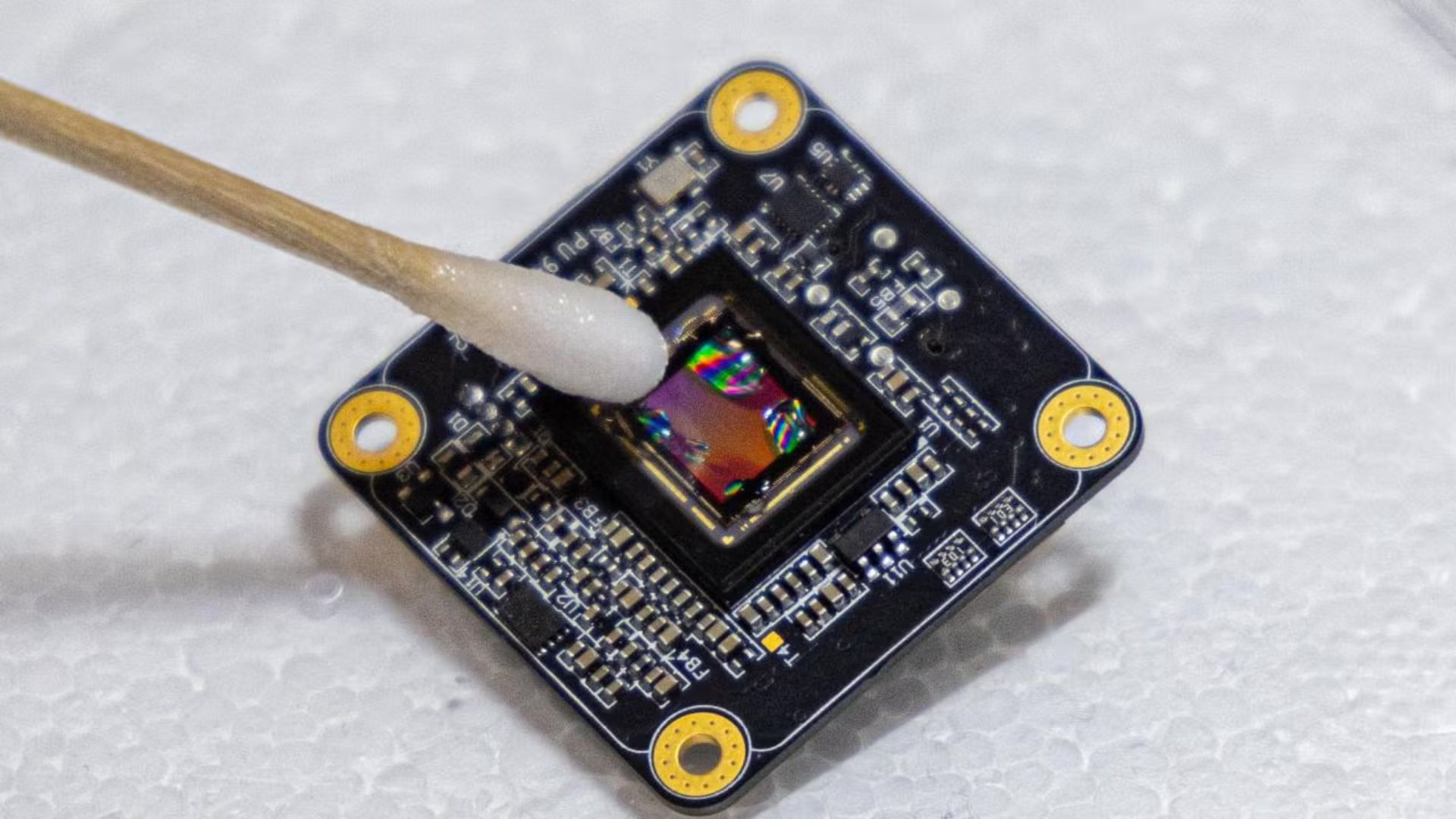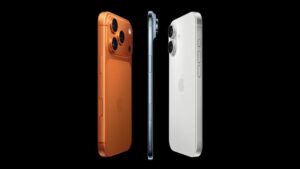
Researchers at the University of California, Davis, have engineered the DeepInMiniscope, a groundbreaking miniaturized microscope that allows real-time, high-resolution imaging of neural activity in freely moving mice. Building on lensless three-dimensional imaging techniques pioneered by Professor Weijian Yang, the device overcomes significant optical challenges such as light scattering and low signal contrast common in biological tissues. Instead of a bulky lens, DeepInMiniscope employs over 100 miniaturized, high-resolution lenslets, each capturing a unique viewpoint of the brain tissue.
A bespoke neural network merges these multiple lenslet views to reconstruct detailed three-dimensional representations of neural dynamics without requiring invasive surgical implants. This sophisticated algorithm balances interpretability, efficiency, scalability, and precision while demanding minimal training data, enabling rapid processing of large-scale datasets. According to postdoctoral researcher Feng Tian, the system achieves high fidelity at speeds previously unattainable in compact devices.
Compact and Lightweight
DeepInMiniscope’s form factor is unprecedented: measuring just 3 square centimeters and weighing 10 grams, it rivals the size and mass of a grape and four U.S. pennies. This dramatic reduction in footprint and weight allows mice to move naturally, removing behavioral constraints imposed by heavier, bulkier imaging systems. Earlier miniature microscopes compromised on either weight or image quality, but DeepInMiniscope combines both attributes in a single platform.
The UC Davis team is already iterating on the design, targeting a 2 square centimeter version that will be completely wireless. Future iterations aim to remove tethering altogether, further eliminating any residual restrictions on movement and behavior. These advances promise to extend experimental durations and improve the ecological validity of neurobehavioral studies in rodents.
Applications and Impact
By synchronizing high-resolution brain imaging with unencumbered behavior, DeepInMiniscope enables neuroscientists to directly correlate neural activity patterns with complex, naturalistic behaviors. This capability addresses a longstanding barrier in systems neuroscience: capturing neural circuit dynamics during real-world tasks rather than under immobilized or simplified conditions. As Professor Yang noted, the device “opens up the behavior paradigm” by revealing how brain activity drives perception and action in real time.
Beyond basic research, this technology is poised to accelerate discovery in neurological disorder studies and therapeutic development. Real-time insights into brain network dysfunctions could inform interventions for conditions such as epilepsy, Parkinson’s disease, and depression. Moreover, the miniaturization trend embodied by DeepInMiniscope reflects a broader push toward wearable neuroimaging tools, with potential translation into human-compatible devices for clinical monitoring and brain–machine interfaces.











